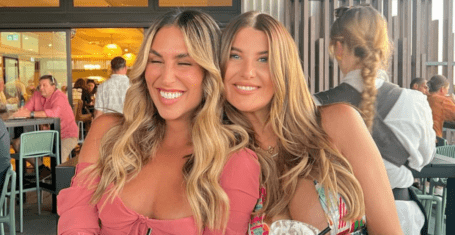
Sibelius Violin Concerto & Shostakovich Symphony No. 5
CUSO don’t terrify TIM COOMBES.
West Road Concert Hall, Thursday 1st March, 8pm, £5/£8/£12
[rating:3/5]
Cambridge University Symphony Orchestra’s first concert of the term opened with Julian Azkoul performing Sibelius’s Violin Concerto. Recent King’s graduate Azkoul demonstrated his sense of musical direction from the offset – essential in a work that unwinds in long, wandering phrases. This was complemented by steady intonation and a well-rounded sound. It was not a big sound, however, and CUSO’s principal challenge throughout the first half was to support his refined tone without drowning it. They managed this superbly, right from the strings’ delicate opening, which allowed the solo violin’s first searching phrase to float in unforced above the texture.
Intense magic in the quiet moments, as well as the loud ones, isn’t something one necessarily expects from a student orchestra. Yet the way in which CUSO, lifted the solo violin’s gently twisting utterances up and away into nothing at the end of the slow movement was impressive. Conductor Theodor Küng was responsible for the playing’s sensitivity, and the resulting structural clarity. His elegant, concise gestures avoided interfering too much with the ensemble, although we occasionally needed him to inject some pace and momentum into proceedings.
It was in the concerto’s final movement that the playing failed to convince me. The crisp, energetic articulation necessary to bring it to life was just beyond the reach of the lower strings, and some over-eager percussion upset the orchestral balance. Despite losing a little control during some of the more virtuosic passages, Azkoul looked at home in front of the orchestra. A quick Google search suggests that he backs himself for big things – and justifiably so.
In Shostakovich’s Fifth Symphony, CUSO proved they could do muscular brutality just as well as delicacy. The brass section’s full-blooded sound was inexhaustible the whole night. The second half’s conductor, William Cole precisely directed the abrupt gear-shifts and growing hysteria. The heavy steadiness of the lower instruments justified Cole’s choice of tempo in the second movement, although a more airy sound and sharper articulation might have given a better sense of the macabre. Despite the third movement’s nervous start, the notoriously difficult violin passage towards the end was impressively in tune.
Entirely contrary to most student performances of Shostakovich, it was the terror, not technical finesse, that was most lacking. The sense of conviction needed to give the third movement its sense of bleakness was absent, and despite the volume from the woodwind and brass, the jubilant ending of the fourth movement sounded too easy; it lacked the oppressive, agonized quality that makes the work poignant.
That said, despite inconsistencies, the performance had its memorable moments. CUSO repeats this programme at St John’s, Smith Square, on Friday 9th March; and if anyone happens to be in London then and fancies a cultural evening, I certainly recommend attending.









































